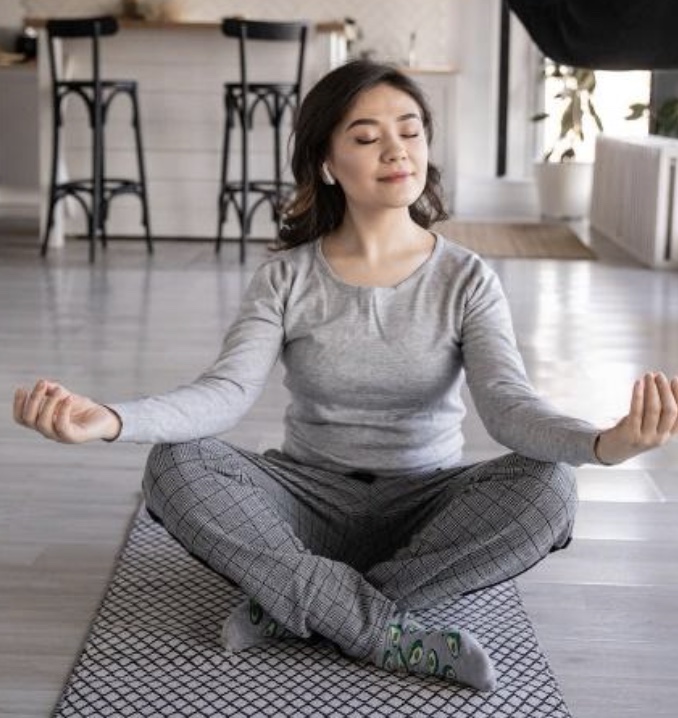Given the many benefits associated with yoga, there’s little wonder as to why it’s among the world’s most popular fitness activities. In addition to bolstering strength, balance and flexibility, regularly practicing yoga has been known to relieve back pain and improve heart health. Furthermore, yoga is also associated with a number of psychological benefits, including stress reduction and improved mood. If you’ll soon be starting your journey into the world of yoga and are looking to get the most out of the experience, simply put the following pointers to good use.
Get the Right Equipment
Compared to other popular fitness activities, yoga isn’t terribly demanding on the old pocketbook. In fact, the amount of equipment needed to comfortably practice yoga is fairly minimal. However, this doesn’t mean that you should settle for subpar yoga tools. When beginning your yoga journey, take care to secure a resilient, comfortable mat. Since this will be the surface upon which you spend each workout, make sure to prioritize comfort when shopping around for the right mat. Secondly, procure workout clothing that offers both flexibility and comfort. You may not even need to purchase specially-made yoga attire if any of the clothes in your closet fit this description. Lastly, in the interest of providing yourself with additional support, invest in a high-quality yoga pillow.
Practice on an Empty Stomach
When practicing yoga, it’s best that you do so on an empty stomach. For best results, abstain from eating within one to two hours of beginning each yoga session. Your body uses a fair amount of energy throughout the digestion process, and this is energy you’ll need to effectively practice yoga. With food making its way through your digestive tract, your body is primarily focused on processing it and guiding it through your gastrointestinal system.
It’s also important to remember that the “one to two hour” rule doesn’t apply to everyone. For example, depending on the speed of your metabolism, you may need to wait even longer. If you feel as if your body is telling you to hold off on beginning your yoga session, you’d be wise to listen.
Rid Your Workout Area of Distractions
Peace and tranquility are among the foremost tenets of yoga. That being the case, practicing yoga in an area that’s rife with noise or other prominent distractions can be an uphill battle. When setting out to create the perfect at-home yoga area, take care to make this space distraction-free. For instance, no work-related documents or devices should be present in your designated yoga area. Furthermore, any other electronics in the vicinity – i.e., televisions, computers, sound systems – should be turned off or placed in a different area entirely.
If you have small children in the house, ask that your partner take charge of them during your workout sessions. If this isn’t an option, consider practicing yoga after your children have gone to bed, before they get up in the morning or when they’re preoccupied with schoolwork.
Make Time in Your Schedule
A hectic schedule can prove extremely detrimental to one’s fitness efforts. If you’re constantly tending to work obligations, family responsibilities and other tasks synonymous with daily life, carving out time to practice yoga is liable to prove challenging. When looking for openings in your schedule, consider practicing yoga early in the morning or late at night. Getting up an hour earlier than usual and devoting this newfound time to exercise can be a boon to your yoga journey. Similarly, practicing yoga after the kids have gone to bed and the workday is behind you can be a great way to recharge your batteries.
There are many areas in which yoga can improve your life. When it comes to both physical fitness and mental well-being, countless people have found practicing yoga to be the ideal workout. However, if you’re a relative newcomer or have never practiced it before, stepping into the world of yoga is liable to seem daunting. While any new exercise routine can prove challenging at first, a little bit of persistence and a willingness to learn can go a long way – and yoga is no exception. Anyone looking to enjoy their yoga journey to the fullest would do well to heed the tips discussed above.






